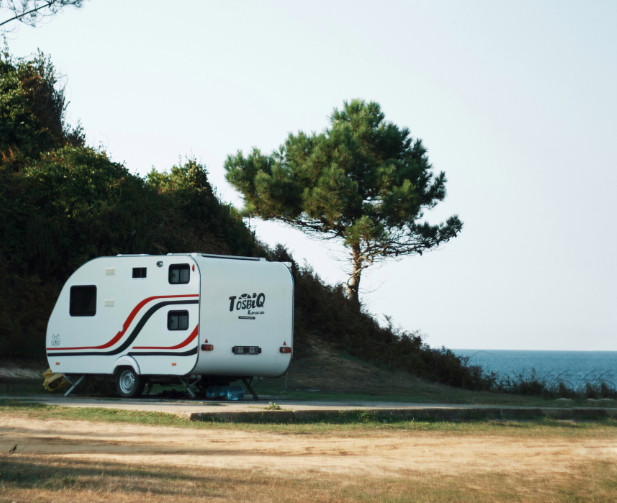
When it comes to off-grid RVing, a reliable and efficient solar power system is essential. It allows you to harness the sun’s energy to power your RV and enjoy the freedom of remote locations without relying on traditional electrical hookups. However, choosing the right size and capacity for your solar power system is crucial for optimal performance. In this article, we will provide a comprehensive guide to help you select the appropriate size and capacity of a solar power system for your off-grid RV adventures. By considering factors such as energy needs, sun exposure, battery capacity, and system efficiency, you can design a solar power system that meets your requirements and maximizes energy independence.
Assess Your Energy Needs
Start by assessing your energy needs. Make a list of all the appliances, devices, and systems that require power in your RV, including lights, refrigerator, water pump, heating or cooling systems, electronics, and other accessories. Identify the wattage rating and the average daily usage hours for each item to calculate your total daily energy consumption.
Consider Sun Exposure
Evaluate the sun exposure in the areas where you plan to travel. Different regions receive varying levels of sunlight throughout the year. Consider the average daily solar input, which is influenced by factors like latitude, climate, and season. This information will help you estimate the amount of solar energy you can harvest to power your RV.
Determine Battery Capacity
Select an appropriate battery capacity to store the energy generated by your solar panels. Consider the ampere-hour (Ah) rating of your battery bank and the depth of discharge (DoD) suitable for your battery type. A higher battery capacity allows for more energy storage, ensuring you have power during periods of low sunlight or high energy demand.
Calculate Daily Solar Panel Output
To determine the size of your solar array, divide your daily energy consumption by the average daily solar input in your location. This calculation will give you an estimate of the number of kilowatt-hours (kWh) your solar panels need to generate each day to meet your energy needs.
Account for System Efficiency
Consider the efficiency of your solar power system components, including the solar panels, charge controller, and inverter. These components may have varying efficiencies, which affect the overall performance of your system. Account for these efficiencies when sizing your solar array to ensure optimal energy production and utilization.
Incorporate Safety Margins
To account for inefficiencies, unforeseen power demands, or future expansion, it is recommended to include a safety margin in your calculations. Adding an additional 10-20% to your energy requirements will help ensure a reliable power supply and accommodate any unforeseen circumstances.
Seek Professional Advice
If you’re unsure about calculating your solar power system’s size and capacity, consider consulting with a professional or an experienced RV solar installer. They can provide expert advice, perform accurate calculations based on your specific needs and location, and help you select the right components for your off-grid RV setup.
Choosing the right size and capacity of a solar power system is vital for a successful off-grid RV experience. By assessing your energy needs, considering sun exposure, determining battery capacity, calculating daily solar panel output, accounting for system efficiency, incorporating safety margins, and seeking professional advice if needed, you can design a solar power system that meets your energy requirements and enables you to enjoy the freedom and independence of off-grid RVing. With a properly sized solar power system, you can embark on incredible adventures while minimizing your environmental impact and maximizing your energy independence.